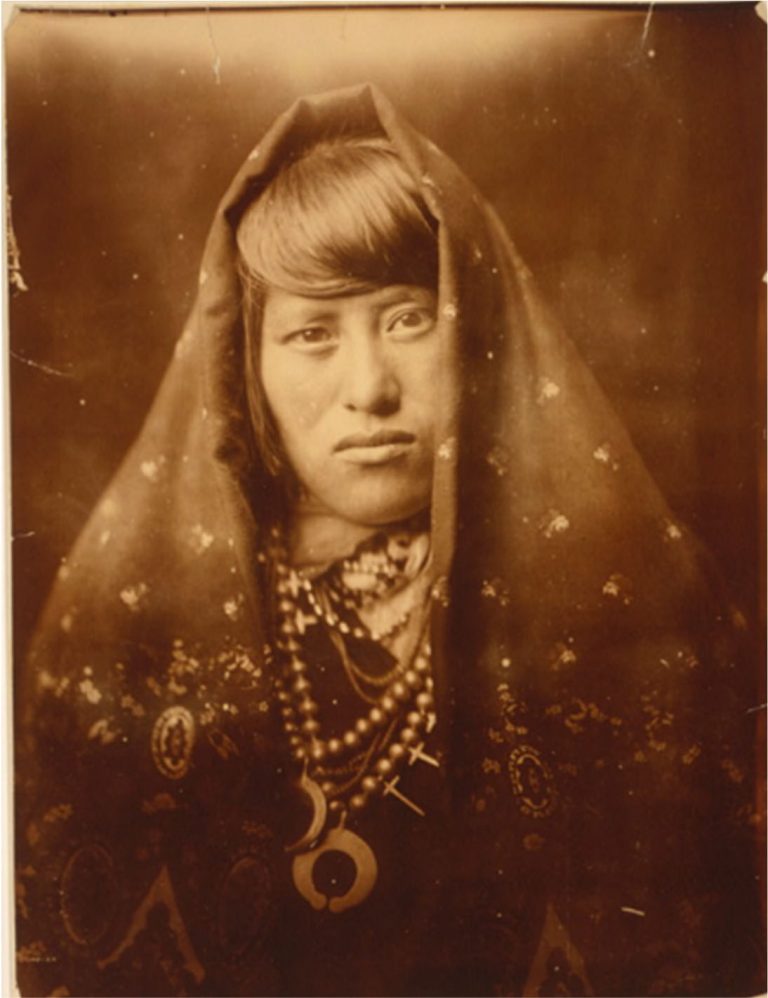Daguerre (1787-1851), a Parisian theater set designer who staged elaborate hand-painted screens that depicted far away lands like the Swiss Alps, is credited with creating the first complete photographic process, the daguerreotype.
He partnered with Nicéphore Niépce in 1829, and after Niépce died in 1833, Daguerre continued to experiment and evolve the process. Failing to get support from private investors, he revealed the process to the public on 7 January 1839, at a joint meeting of the French Academy of Sciences and the Académie des Beaux Arts. Arrangements were made for Daguerre’s rights to be acquired by the French government in exchange for lifetime pensions for himself and Niépce’s son Isidore; then, on 19 August 1839, the French Government presented the invention as a gift from France “free to the world”, and complete working instructions were published.
Daguerre is memorialized around the world, including this monument just outside the National Portrait Gallery. Thanks to PHSNE member Peter Vanderwarker for honoring Daguerre on his 234th birthday. As Peter noted in an email: “If it weren’t for Daguerre, I wouldn’t have a job!”

What the heck…

Are Those Even Cameras?!
Join the PHSNE Newsletter and learn more about photographic history and preservation. Already an expert? Come and share your collections and knowledge as we celebrate the history and advancement of photography.







